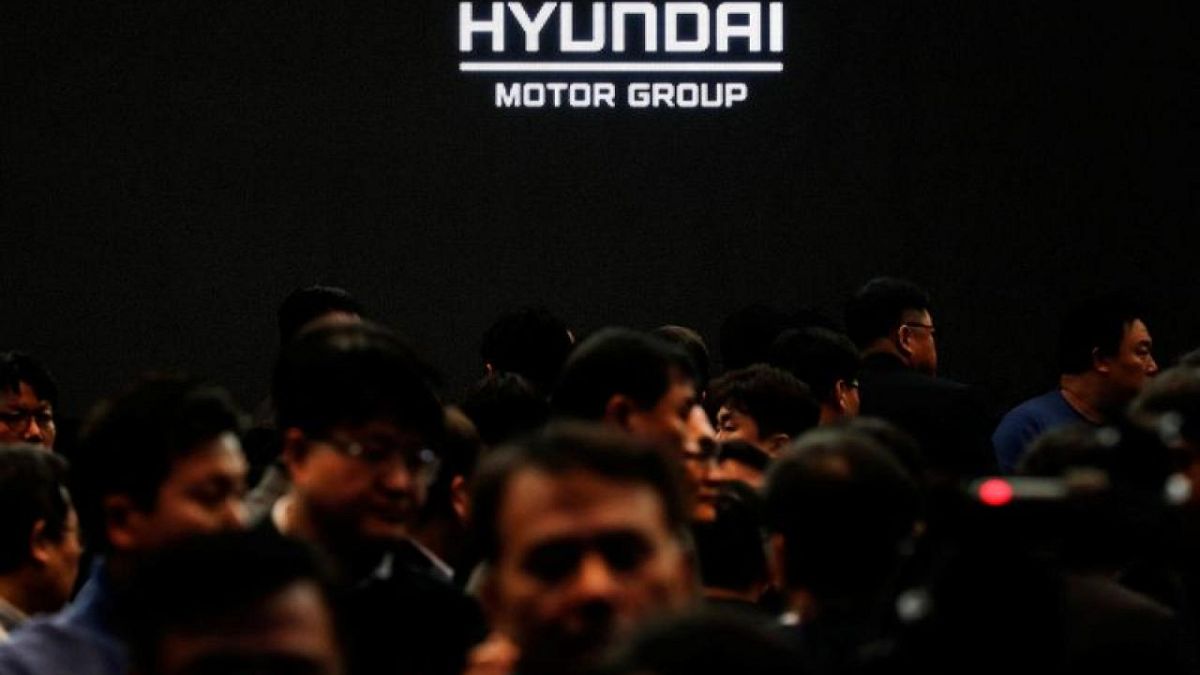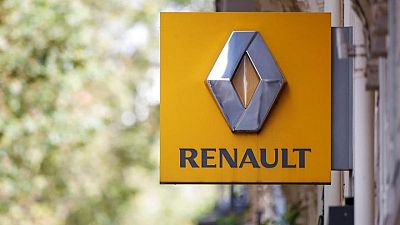The companies sold 6.67 million vehicles in 2021, about 3.7 per cent less than their combined target, largely due to supply problems including the chip shortage.
South Korea's Hyundai Motor and affiliate Kia Corp on Monday forecast that their combined global sales will jump 12.1 per cent in 2022, even as last year's sales fell short of target due to a global chip shortage.
The companies sold 6.67 million vehicles in 2021, about 3.7 per cent less than their combined target of 6.92 million vehicles, largely due to supply problems including the chip shortage, which drove down vehicle shipment.
They said they would target global sales of 7.47 million vehicles this year.
"In 2022, Hyundai Motor plans to expand its market share and strengthen profitability through efforts to stabilise chip supply and demand, adjust vehicle production schedules, strengthen electric vehicle lineups as well as optimising sales profit and loss by region," Hyundai Motor said in a statement.
The shortage, due to supply problems and a surge in demand for consumer electric gadgets during the pandemic, has hit the auto industry hard, with millions of vehicles worldwide not being produced because important parts are missing.
Analysts said this year's target seemed reasonable.
Lee Jae-il, an analyst at Eugene Investment & Securities, expected demand for vehicles to stay strong in 2022, underpinned by pent-up demand from consumers unable to buy vehicles last year due to supply shortages.
"It appears that the chip shortage has been showing some signs of easing ... however, rising raw material prices would likely have (an) impact on their profitability," Lee added.
Shares in Hyundai Motor closed 0.7 per cent higher, versus a 0.4 per cent rise in the benchmark market KOSPI.
In October, Hyundai Motor cut its 2021 global sales target by about 4% to 4 million vehicles from 4.16 million vehicles.



